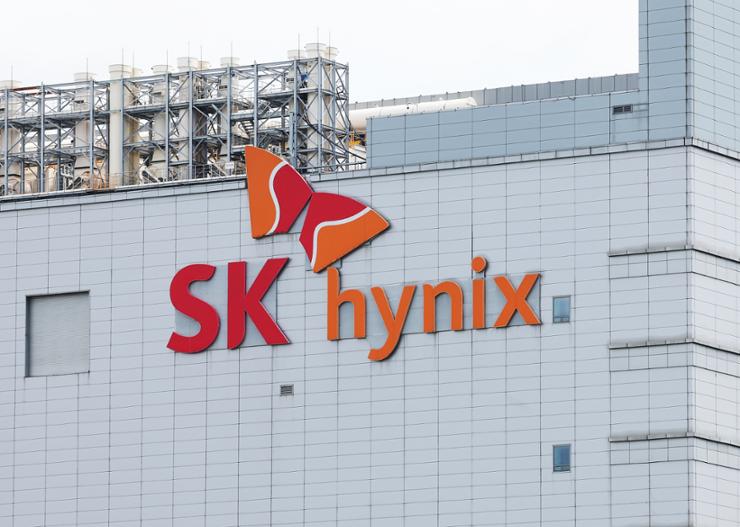SK hynix focuses on advanced HBM chips

SK hynix, the world's second largest manufacturer of memory chips, announced on Monday that it will focus on the development of advanced packaging technologies for next-generation high-speed memory chips. This is part of their efforts to maintain their leading position in the booming artificial intelligence (AI) chip market.
HBM is a high-performance DRAM in high demand, especially for the graphics processing units from US AI chip giant Nvidia, which are key components in AI computing. SK hynix is a leading player in the market with their fifth generation HBM3E products, and their latest 12-layer HBM3E products are scheduled for mass production in the third quarter.
The production of HBM involves the stacking of multiple DRAM chips, making packaging technologies essential to solving challenges such as heat dissipation and warpage. Lee Gyu-jei, who heads packing development at SK hynix, highlighted the importance of next-generation packing technologies, such as hybrid bonding. These technologies are designed to allow higher chip stacking, increasing performance and capacity while keeping product thickness within standard specifications.
"Although thermal management is still a challenge due to the tighter chip spacing, these new packaging technologies are expected to solve the problem and meet the increasingly variable performance needs of our customers," Lee said in an interview with the company's newsroom, stressing that the development of such technologies in time are essential to meet the changing needs of the market.
Lee attributed SK hynix's leading position in the HBM market to the development of key packaging technologies, including mass flow shaped underfill (MR-MUF), which was introduced with the HBM2E in 2019. MR-MUF injects a liquid protective material between stacked chips, significantly reducing heat .
He said the mass production of HBM2E with MR-MUF became a "game changer" in the HBM market and helped SK hynix lead the industry in this AI era. For the fifth generation HBM3E, especially the latest 12-layer HBM3E, SK hynix has developed the advanced MR-RUF packing technology that improves heat dissipation for the increasing number of stacked chips. The advanced MR-MUF allows chip stacking that is 40 percent thinner than previous generations, with less heat and warpage.
Lee noted that the advanced MR-MUF will be applied to a wider range of applications, further strengthening SK hynix's leadership in HBM technology. The company plans to market the 12-layer HBM4 in the second half of next year and is preparing for a 16-layer HBM4 in 2026, depending on customer demand.
"SK hynix will continue to improve our current state-of-the-art MR-MUF with excellent heat dissipation performance while securing new technologies," he said.
Latest ram
-
16 Octram
-
07 Augram
Nvidia approves Samsung's 8-layer HBM3E chips
-
06 Augram
Samsung presents thinnest LPDDR5X DRAM
-
05 Augram
SK hynix focuses on advanced HBM chips
-
31 Julram
SK Hynix launches 60% faster GDDR7
-
28 Junram
SK Hynix accelerates HBM plan
-
17 Junram
AI boosts local chip demand in China
-
17 Junram
Samsung to launch 3D HBM chip service in 2024
Most read ram
Latest ram
-
16 Octram
Kingston takes the RAM throne in 2024
-
07 Augram
Nvidia approves Samsung's 8-layer HBM3E chips
-
06 Augram
Samsung presents thinnest LPDDR5X DRAM
-
05 Augram
SK hynix focuses on advanced HBM chips
-
31 Julram
SK Hynix launches 60% faster GDDR7
-
28 Junram
SK Hynix accelerates HBM plan
-
17 Junram
AI boosts local chip demand in China
-
17 Junram
Samsung to launch 3D HBM chip service in 2024






